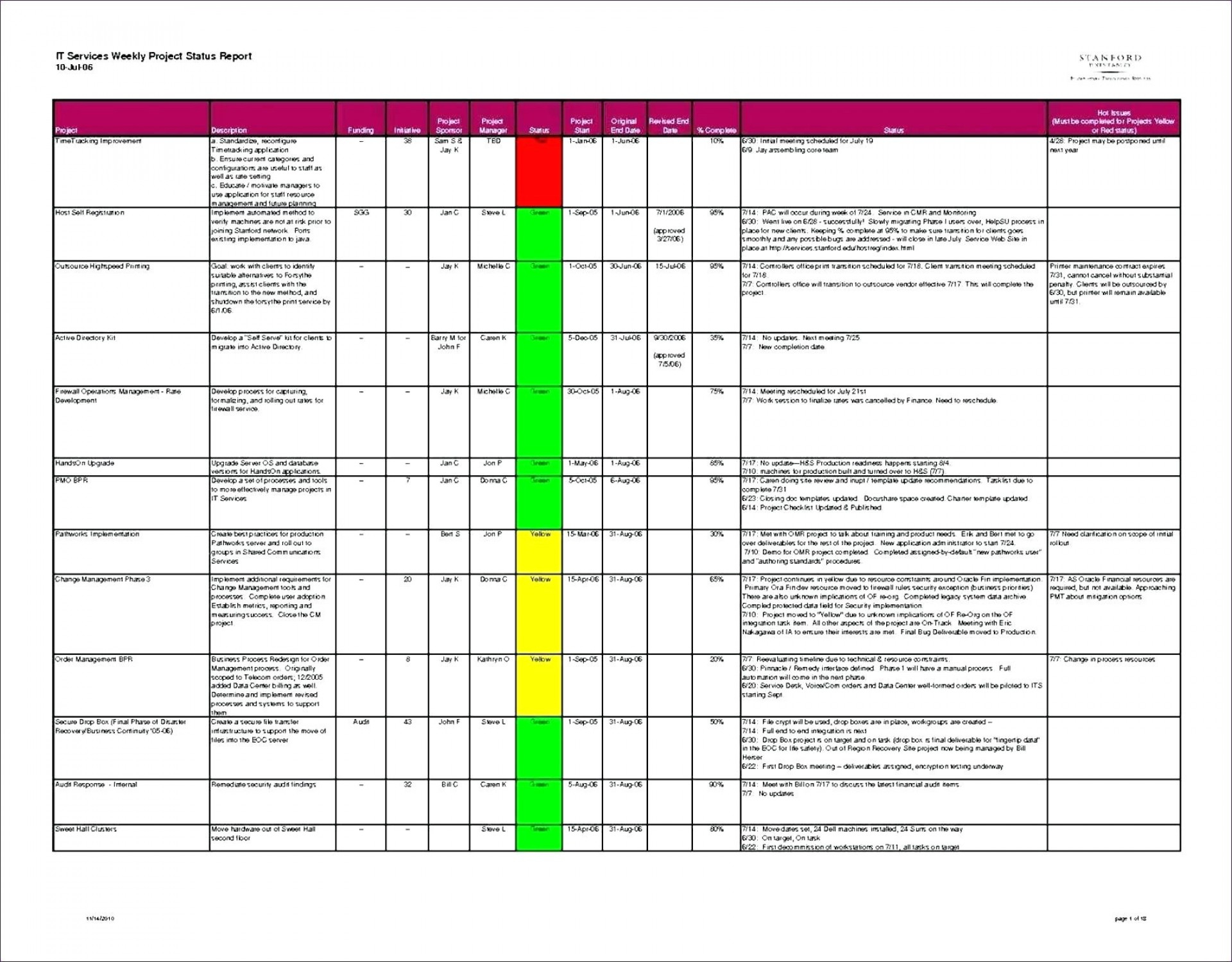
Thankfully, patchbays don’t require a cable to make a connection if they’re normalled. Not to mention the inserts, auxes and anything else you may need. If you have a 24 channel console, that’s 72 TT cables just to get signal from the live room through the monitors. You may be doing some quick math in your head right now. A piece of outboard gear like an EQ or compressor.

These are just some of the most common things you’ll see on studio patchbays. But what about the rest? Remember, every patchbay is different. That will get sound from the live room through the console, into your DAW and back out of your speakers. Multitrack Returns/Outputs: Line level tape machine or digital audio converter outputsĬhannel Line/Monitor Inputs: Line level console inputs used for monitoring The inputs are digitally assigned to DAW inputs. *Digital audio converters connect to the DAW using USB, Thunderbolt, etc. Multitrack Sends/Inputs: Line level tape machine or digital audio converter inputs Even using different colors for inputs and outputs can help speed things up.Ĭhannel Mic Inputs: Mic level console inputsĭirect/Group Outputs: Line level console outputs from channels and groups Or, you could use one color for console connections, and another for outboard gear. For instance, you use different colors for preamps, EQs, compressors, and effects units. Some studios color-code their patchbays to help separate the different sections. This makes it easy to patch one piece of gear into another. Outputs are almost always on the top row, with inputs on the bottom row.

Generally, patchbays are organized in order of signal flow. If you’re set up for mixing, you’ll probably use inserts and outboard compressors. If your studio is set up for recording, you might set up patches for cue (headphone) sends or synthesizers.

Patchbays are organized based on the needs of the studio, so none of them are laid out the same way. The whole point is to speed up your workflow by allowing you to make common connections quickly. For instance, console channel outputs 1-8 connect to the patch bay using a single cable, instead of 8 separate TRS cables. The other has an 8-channel “whip” of XLR or 1/4” TRS connectors. One end of the D-sub cable has a single DB-25 connector. The rear typically uses DB-25 connectors to save space, but some units use 1/4” TRS or XLR.ĭB-25 (or D-sub) cables are multi-pin connectors that can carry 8 analog audio signals simultaneously. Although, some patchbays use 1/4” TRS or even XLR connectors. Most modern patchbays use tiny telephone (TT), or bantam connectors on the front. They handle both input and output for each channel, which makes 48 “points” or connections. Typically, patchbays have 24 channels per unit. Just be prepared to spend 10-20% of your gear investment for all the cabling you’ll need. If you have a studio with analog equipment, you’ll benefit from a using a patchbay. It’s all about reducing the amount of time you spend setting up, and increasing the amount of time you spend making music.

It’s kind of like that sometimes, but instead of routing phone calls to New Mexico, you’re routing a kick drum to a compressor.Įven hybrid studios with only a few pieces of outboard gear can benefit from a patchbay. You know those old movies where people would make phone calls and speak to an operator? There were usually a bunch of women sitting in front of a wall of cables, smoking cigarettes and patching calls to Albuquerque. But the more gear you have, the bigger your patch bay needs to be. It allows you to quickly connect different pieces of gear together without having to crawl behind them and physically run cables from one unit to the other. It’s the central nervous system of the studio. Most commercial studios use a patchbay - especially those with a console. As long as you understand how they work, there’s nothing to panic about. They’re used to connect one piece of equipment to another. And one wrong move can bring things to a screeching halt. Everything is color coded in some cryptic language. It almost feels like you’re Jack Bauer disarming a bomb.


 0 kommentar(er)
0 kommentar(er)
